
Mahmud II was the sultan of the Ottoman Empire from 1808 until his death in 1839. Often described as the "Peter the Great of Turkey", Mahmud instituted extensive administrative, military, and fiscal reforms. His disbandment of the conservative Janissary corps removed a major obstacle to his and his successors' reforms in the Empire. Mahmud's reign was also marked by further Ottoman military defeat and loss of territory as a result of nationalist uprisings and European intervention.
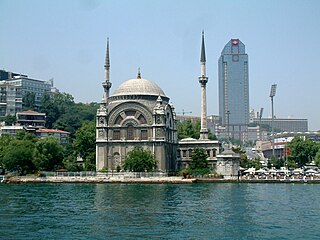
Bezmiâlem Sultan, called also Bazimialam Sultan, was a consort of Sultan Mahmud II, and Valide sultan to their son, Sultan Abdulmecid I of the Ottoman Empire.

The New Mosque and later New Valide Sultan Mosque after its partial reconstruction and completion between 1660 and 1665, is an Ottoman imperial mosque located in the Eminönü quarter of Istanbul, Turkey. It is situated on the Golden Horn, at the southern end of the Galata Bridge, and is a notable Istanbul landmark marking the crossing from the old historic core of the city to the Beyoğlu (Pera) district. The mosque is a notable example of the Sultanate of Women period in Ottoman Empire.
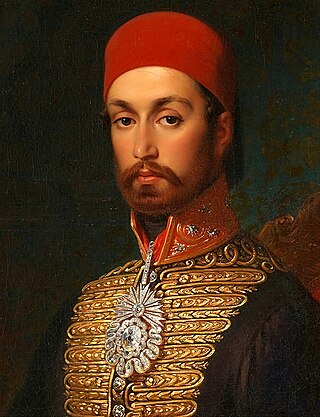
Abdülmecid I was the 31st sultan of the Ottoman Empire. He succeeded his father Mahmud II on 2 July 1839. His reign was notable for the rise of nationalist movements within the empire's territories.

Cennet and Cehennem are the names of two large sinkholes in the Taurus Mountains, in Mersin Province, Turkey. The sinkholes are among the tourist attractions of the province.
Efrenk River is a short river in Mersin Province, Turkey. It was originally called Efrenk River. After a mosque named Müftü Mosque was built by the river in Mersin, it was popularly renamed Müftü River.
The Çanakçı Rock Tombs are a group of rock-carved tombs in Mersin Province, Turkey, right beside Kanlıdivane.
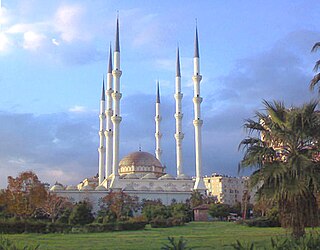
Muğdat Mosque is a mosque in Mersin, Turkey. It is named after Miqdad ibn Aswad, one of the early Muslims.
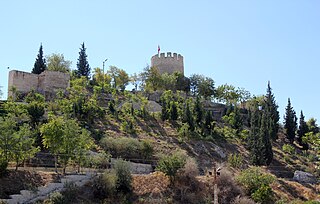
Mut Castle is a castle in Mut, Mersin Province, Turkey.

Altından geçme is a gate in the city wall of Tarsus, Mersin Province, Turkey, originally part of a Roman bath.

Kırkkaşık Bedesten is a bedesten in Tarsus, Turkey. There are figures of lotus carved on the pediment of the bedesten. In the Medieval Age, the people named the bedesten Kırkkaşık because they mistook the lotuses for spoons.

The Aziziye Mosque is an Ottoman mosque in Konya, Turkey. It is well known for the columned balcony of its minaret, an architectural feature rarely seen in Turkish mosques.

Adnan Menderes Boulevard is a major avenue in Mersin, Turkey. It is named after Adnan Menderes (1899-1961), the prime minister of Turkey between 1950 and 1960.
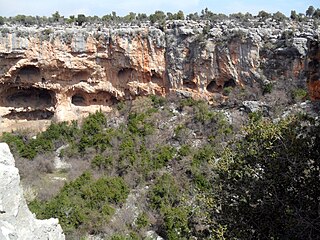
Akhayat is a sinkhole in Mersin Province, Turkey.

The Güzeloluk Mosque is a 19th-century mosque in Güzeloluk village of Mersin Province, Turkey
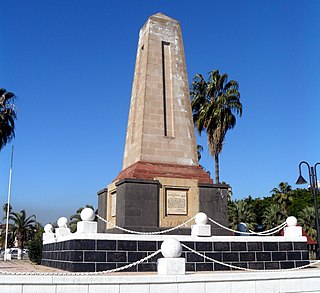
Mersin Martyrs' Memorial, also known as the Monument of the Refah Martyrs is a monument in Mersin, Turkey.

Tarsus Old Mosque is a mosque converted from a historic church located in Tarsus ilçe of Mersin Province, southern Turkey.

Mersin Urban History Museum is a private museum in Mersin, Turkey.
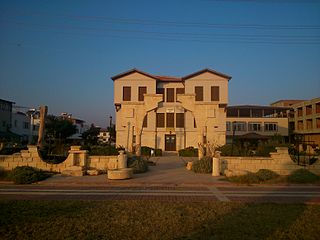
Taşucu Atatürk Museum is a house museum in Turkey.

Mersin Archaeological Museum is a museum in Mersin, Turkey


















